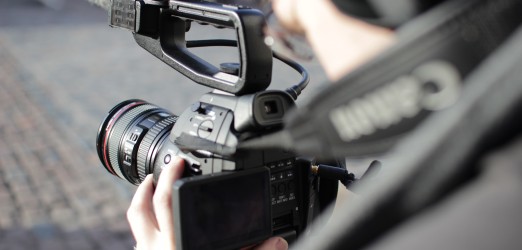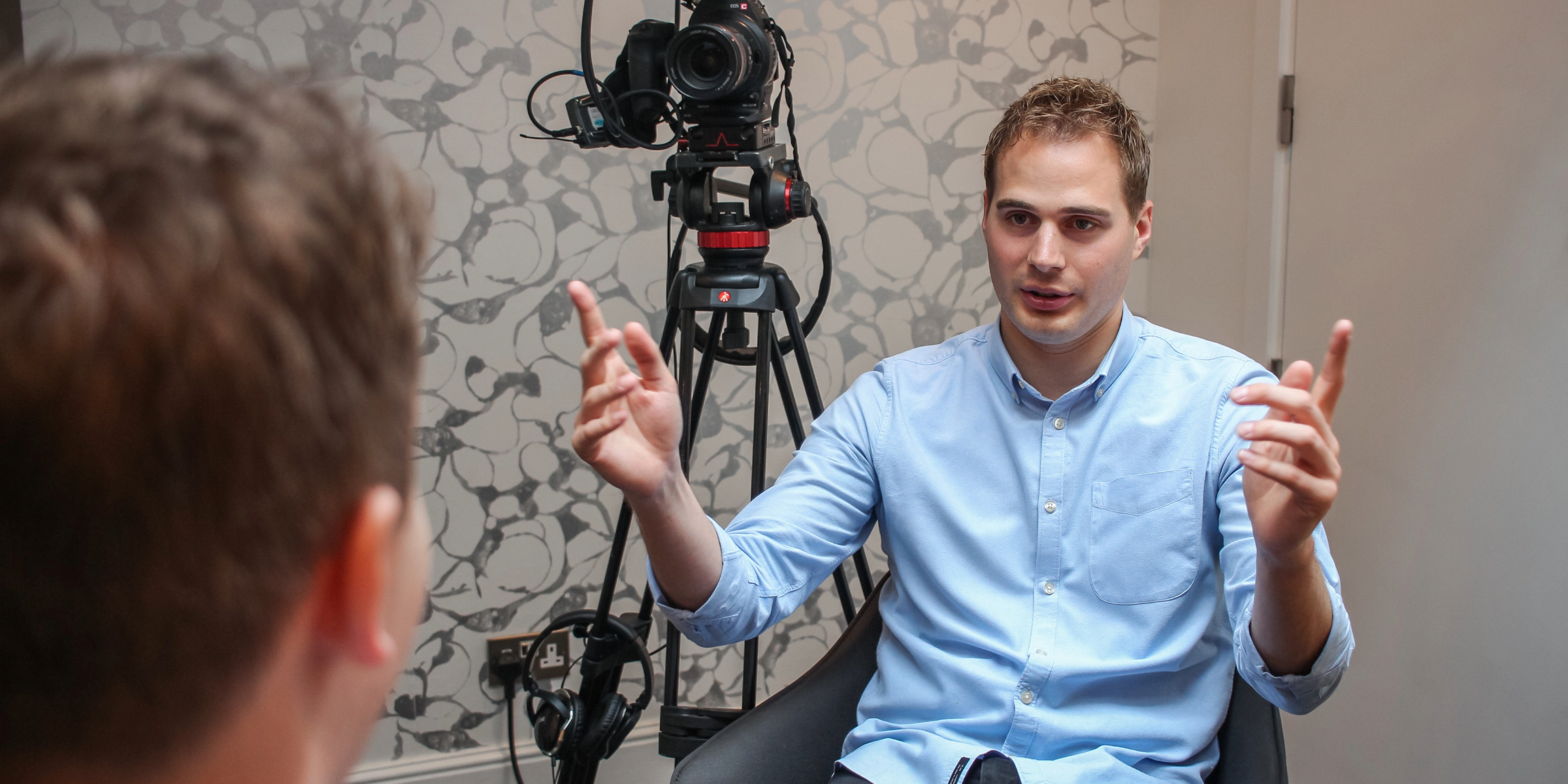Any PR activity is a risk, in that you can’t guarantee the results – and TV campaigns are no different. That said, a story that comes accompanied by pictures in the form of a B-roll is much more likely to get on air than one that is introduced merely alongside a press release.
I’m talking about TV and online news here with a small concession to daytime programming – they are the outlets most likely to take B-roll video footage.
TV (and online) newsrooms are generally under resourced and news and programme editors are often hard pushed to film all the pictures they need to fill their bulletins.
Good B-roll can go a long way to making them look favourably at your story. By good I mean B-roll that follows two golden rules. Every B-roll we have produced following these guidelines has been aired on TV in the UK and sometimes further afield:
Rule number 1:
B-roll is only every going to be used for news. Documentary programmes are better resourced and have the luxury of more time than news, so they’re going to film their own material. Only news is sufficiently stretched to use other people’s material. So shoot it in a news style.
That means simple shots, lasting around 5 to 6 seconds; not much movement in the shots, so drop the zooms in and out, unless there’s a really good reason for them; light a scene but don’t make it too glossy. B-roll needs to emulate the sort of video material broadcasters would normally film for themselves.
Rule number 2:
Give broadcasters footage they can’t easily film for themselves. Video footage of a high street chain for example could be filmed by anyone anywhere in the country. Broadcasters don’t need material they can get from their own library, or shoot quickly in 20 minutes.
What they ARE grateful for is material that is hard to access, such as filming in a food factory or pharmaceutical lab; or material that takes a long time to capture, for example, footage on an oil rig; or video that needs to be filmed overnight when newsrooms have only a skeleton staff. They don’t really want to take your video as it is, so don’t give them an excuse for turning it down! Make sure the footage is really something they want.
If you saw TV coverage of the Duchess of Cambridge naming a new ship last year then you would have seen an example of our B-roll footage. The two crucial shots, the Duchess releasing the bottle of champagne and the bottle smashing on the ship side, could not be shot on the same camera – the two things were too far apart for one shot and it happened too quickly for a single camera to capture both.
The few TV crews allowed in to the press pen were only allowed one camera – so any coverage of the event would have been a mixture of the broadcaster’s own material with video footage we provided on B-roll. Take a look at the video below:
Follow these steps and although you can’t GUARANTEE the result it’s as close to a guarantee as you’re going to get in PR.
To further your chances of getting B-roll aired, it’s worth identifying the different ways journalists want to use it. For a start it can be incorporated into a package in which the journalist mixes footage they’ve shot themselves or sourced from library. It can also be offered alongside a guest for a live “sofa” slot.
Often broadcasters will use relevant moving pictures in the background on the set; we had a chef, for example, who was doing a live slot on a breakfast show and the broadcaster requested footage of him cooking to be used in that way.
The odds of a B-roll getting used have dramatically increased over recent years as websites, and online content distributors, have become more able to edit. So it’s not just TV news channels that will take your B-roll, but there are other outlets too. PA multimedia , for instance, prefers B-roll to an edited package as do newspaper websites like the Guardian and Telegraph TV.
Other, often smaller websites prefer a finished product in which case the B-roll material can be re-edited into a video package lasting around 1.30 – 2.00. This is a very cost effective way of maximising value from B-roll material.
B-roll we produced for The Big Tick Project, was used on many mainstream news broadcasts. They interviewed Chris Packham who fronted the campaign, but they used clips from our B-roll alongside too.
The B-roll meanwhile was re-editing into a package which featured on several websites including The Mail Online Take a look at the video below:
All told, you can get a massive ROI from a B-roll. Costs start from around £2, 000 – £3, 000 depending on what is to be filmed and where. Many would argue that’s a relatively small investment for something that can yield such fantastic results.



